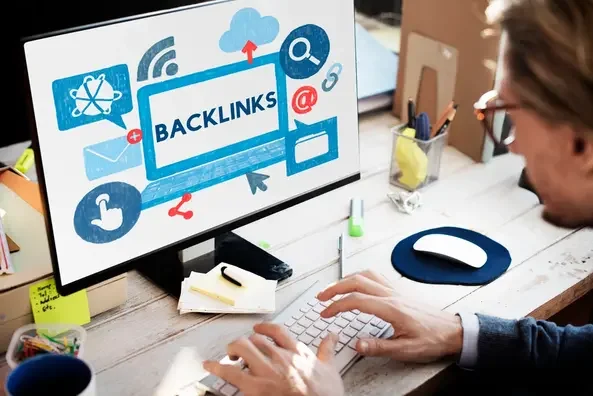Top Backlink Building Strategies That Actually Work in 2025
Backlinks remain one of the strongest signals search engines use to determine authority and trust. While many tactics from the early days of SEO are now outdated, the right backlink strategy in 2025 still delivers powerful results. The key is earning links through quality, relevance, and genuine value rather than shortcuts.
One of the most reliable strategies is producing link-worthy content. This includes in-depth guides, original research, expert roundups, and data-driven resources that naturally attract attention. When content offers unique insights or solves a specific problem better than existing options, other sites are more likely to reference and link to it.
Digital PR has become a cornerstone of modern link building. By pitching story angles or expert commentary to relevant journalists and bloggers, brands can secure high-authority backlinks from news outlets and industry publications. Services like HARO and Help a B2B Writers connect businesses with journalists actively seeking sources, making it easier to earn coverage that also boosts search rankings.
Guest posting still works when done strategically. Writing for respected industry websites allows you to share valuable insights while securing contextual backlinks to your own content. The focus should be on quality over quantity. A single guest post on a high-domain authority site in your niche can provide far more impact than multiple posts on low-value blogs.
Creating resource pages or tools is another high-performing tactic. If your brand offers a free calculator, template, checklist, or educational guide, other websites are likely to link to it as a useful reference. These evergreen assets attract links over time, especially when promoted through targeted outreach to websites that already cover related topics.
Broken link building remains a smart way to gain relevant backlinks. This process involves finding dead links on reputable websites and offering your content as a replacement. Tools like Ahrefs and Check My Links can help identify these opportunities. The key is providing a relevant resource that fits seamlessly with the original content.
Sponsorship and partnerships can also lead to natural backlinks. Many nonprofits, event organizers, podcasts, and local organizations list sponsors on their websites. Supporting a cause or collaborating with a complementary business can result in brand mentions and link placements from highly trusted domains.
Leveraging unlinked brand mentions is another effective tactic. Tools can track when your brand is mentioned online without a link. A simple outreach email requesting a hyperlink can turn those mentions into valuable backlinks with minimal friction.
Skyscraper content strategies continue to show results. This involves identifying popular content with lots of backlinks, creating a more comprehensive or updated version, and reaching out to the sites linking to the original. The goal is to offer an improved resource that others will want to reference instead.
Social sharing and influencer engagement help amplify your content, increasing the chances of natural backlinks. While social signals themselves may not directly impact SEO, they help expose your content to wider audiences, including bloggers and journalists who may link to it in future content.
